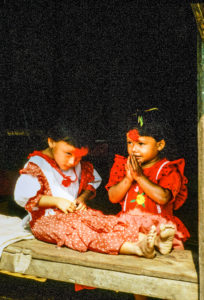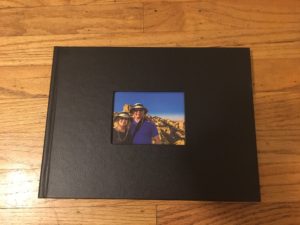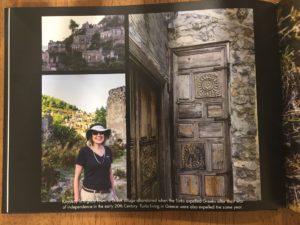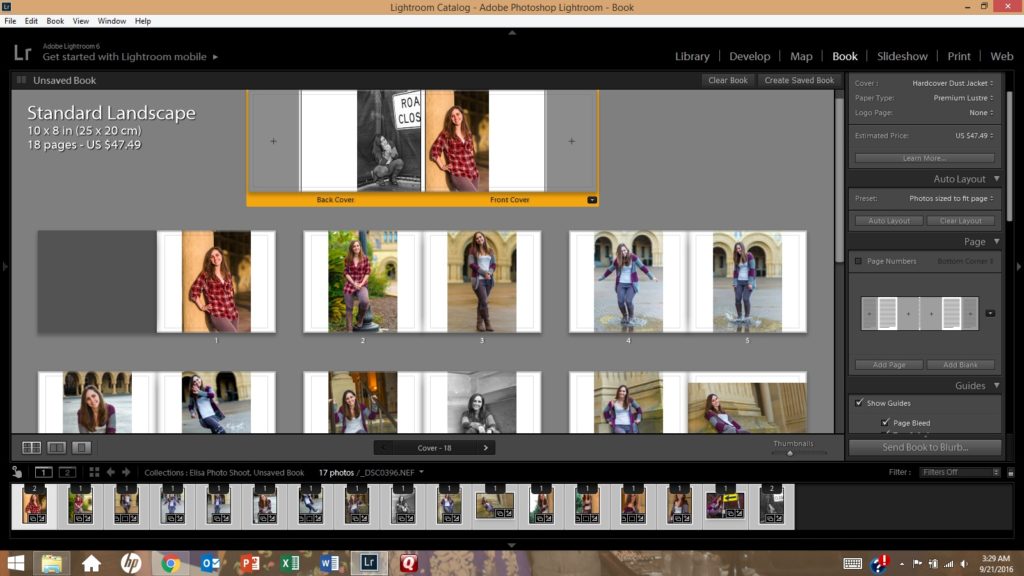In today’s post, we’ll cover cameras and lenses. I’ll post again soon with Part II, which will discuss flash units, tripods, accessories, bags, and other essential gear.
One of the biggest challenges we face as travel photographers is what gear to carry with us. On the one hand, we have to be ready for anything. It’s quite possible we will have to shoot landscapes, wildlife, portraits, architecture, indoor performances, and night scenes, often all on the same day. On the other hand, there’s a practical limit to how much we can carry without being turned away by airline personnel or damaging our bodies. And who really wants to travel with 75 pounds of photo kit?
Here is my basic setup for travel. Note that my gear is suitable for a professional or enthusiast photographer on a not-unlimited budget (my wife keeps me from getting carried away). There are less expensive alternatives for most of the gear I carry, and those on unlimited budgets can spend much, much more than this. I will adjust what I bring depending on the specifics of the trip. For a safari in East Africa, that 500mm lens is essential, but I wouldn’t want to lug it on a hiking trip in Ireland. On a trip to view a total solar eclipse, I’ll need that rock solid but very heavy professional tripod, but on most trips my lightweight travel tripod is good enough, thank you. But the following list of items comprises the core of my basic travel gear.
Cameras
There is no one-size-fits-all when it comes to your choice of camera. These days, even a simple point-and-shoot camera or a smartphone camera is capable of making very good images. But if you’re willing to carry a bit more weight and to learn how to use it before you take it on your first trip, a mirrorless interchangeable lens camera or a digital single-lens reflex (DSLR) camera will give you much more flexibility. I use a DSLR, but more and more of my photographer friends are switching over to mirrorless cameras. It’s really a matter of personal choice, and if you’re not planning to carry a lot of specialized (and heavy) lenses with you, the smaller size and lighter weight of a mirrorless camera may make up for the loss of certain features. For very photo-intensive trips where it would be impossible to replace a lost or broken camera, such as an African safari, I will pack two DSLR camera bodies, but often I take a chance and bring just one. Whatever camera you take on your trip, make sure you know how to use all its features and have tested it thoroughly before you leave, and if you’ve been using it for a while, have it cleaned in advance of your departure. Note that while I am a Nikon shooter, comparable gear is available from Canon for DSLR afficianadoes. In the high-end mirrorless arena, Sony’s Alpha a7R II is favored by many professionals and enthusiasts.
My go-to camera is the Nikon D810. This is a professional model and not for beginners, but it really does do it all. The resolution is extraordinary, it performs superbly in very low-light situations, the autofocus is fast and flexible, it’s continuous burst shooting speed is good enough, and I love the feel of the camera in my hands and the control it offers over all settings quickly. I’ve put this baby through hell and high water, but it always comes through for me.
Lenses
For beginning users of interchangeable lens cameras, or for seasoned photographers who need to travel light, a small and lightweight “walkaround lens” may be all that you need to bring for a day’s shooting. Mine is the Nikon 24-85mm f/3.5-4.5 lens. It’s a good value for a well-built if not quite professional grade lens, and while not particularly fast, it does offer vibration reduction which allows you to shoot at slower shutter speeds while controlling for camera shake. I recommend this lens for users of cameras with full-frame sensors who want a small, light, and fairly durable lens for those situations when you want to be ready for most anything.
It’s a good idea to have a wide-angle zoom lens for landscapes, architecture, and other situations where you need to include a lot of area in the frame or want a more uncluttered or exaggerated perspective. I use the Nikon 16-35mm f/4 lens for this purpose. It’s got great image quality and is well built, but it is rather heavy and bulky.
A telephoto zoom lens is a must-have for most travel photographers, as it allows you to shoot many wildlife subjects as well as emphasize details in all subjects you encounter. A longer lens also can be used to provide a compressed perspective that makes far-away subjects appear to be closer to foreground subjects; this perspective can be very powerful in landscape images. My primary tele zoom is the Nikon 70-300mm f/4.5-5.6 VR lens. While this lens is built on aging technology and doesn’t always feel as solid as more professional lenses, it is relatively small and lightweight, fairly inexpensive, and provides a very effective vibration reduction function. This lens has been a staple in my bag for many years, during which time I’ve used it to capture some of my favorite images.
You may never need a super-telephoto lens. They tend to be expensive, bulky, and heavy, and on many trips you won’t need it. But for those trips when you expect to encounter lots of wildlife or want to capture astronomical events like an eclipse or transit of a planet, a very long lens is essential. Mine is the Sigma 150-500mm f/5-6.3 lens. It’s more economical than a Nikon or Canon super-tele, and it produces reasonably sharp images even when used at its widest aperture. You can spend much more on this type of big glass if you want or need to, but I’ve found this lens works quite well for me.
So far, we’ve talked about zoom lenses. It’s also a good idea to carry a few prime (fixed focal length) lenses. These tend to be faster, higher quality, and less expensive than zoom lenses in the same category. The downside, of course, is that you have to “zoom with your feet,” that is, find a vantage point that works to compose your image without benefit of changing the lens’ focal length.
If you pack only one prime lens, it most likely will be a “normal” lens, that is one with a focal length of about 50mm for a full-frame camera or about 35mm for a crop-sensor camera. I carry the Nikon 50mm f/1.4G lens. This is the one I use in very low-light situations or to get a really shallow depth-of-field.
I think my current favorite lens of all is my Nikon 85mm f/1.8G lens. This is a classic portrait lens and provides a flattering perspective and great image quality when your subject is a human being. I use it for nearly all of my portrait work these days. But this lens also shines for nature and action photography where you don’t need a really long focal length. It renders really lovely “bokeh”, or the soft quality of the out-of-focus parts of the image.
A wide angle prime lens can be useful for landscapes, architecture and interiors, and astrophotography, among other purposes. I like the Nikon 24mm f/1.8.
Stay tuned for Part II of our gear discussion, to be posted soon on this same Bat Channel.
What’s your go-to camera and which are your indispensable lenses? Add your thoughts to the comment box at the end of this post!
Want to read more posts about photographic gear? Find them all here: Posts on Gear.




























































































 The process of creating a photo book using Lightroom’s Book module (shown here) is fairly straightforward. It’s even more intuitive using an online service such as Snapfish or Shutterfly.
The process of creating a photo book using Lightroom’s Book module (shown here) is fairly straightforward. It’s even more intuitive using an online service such as Snapfish or Shutterfly.






































